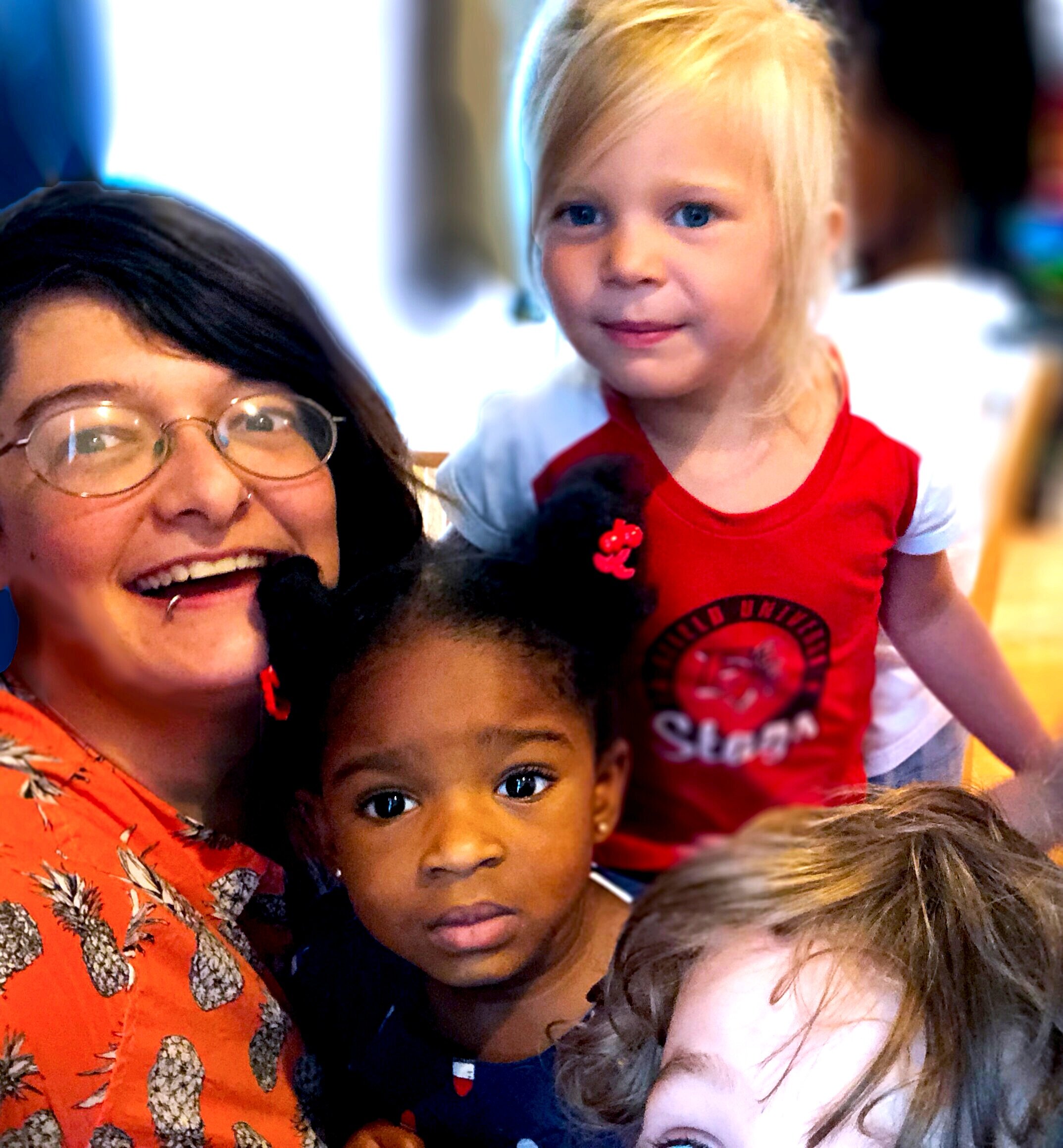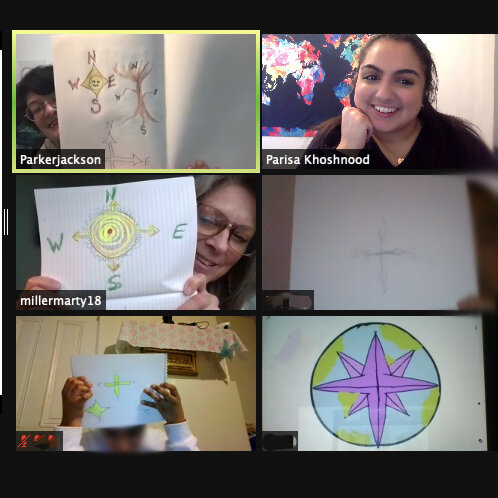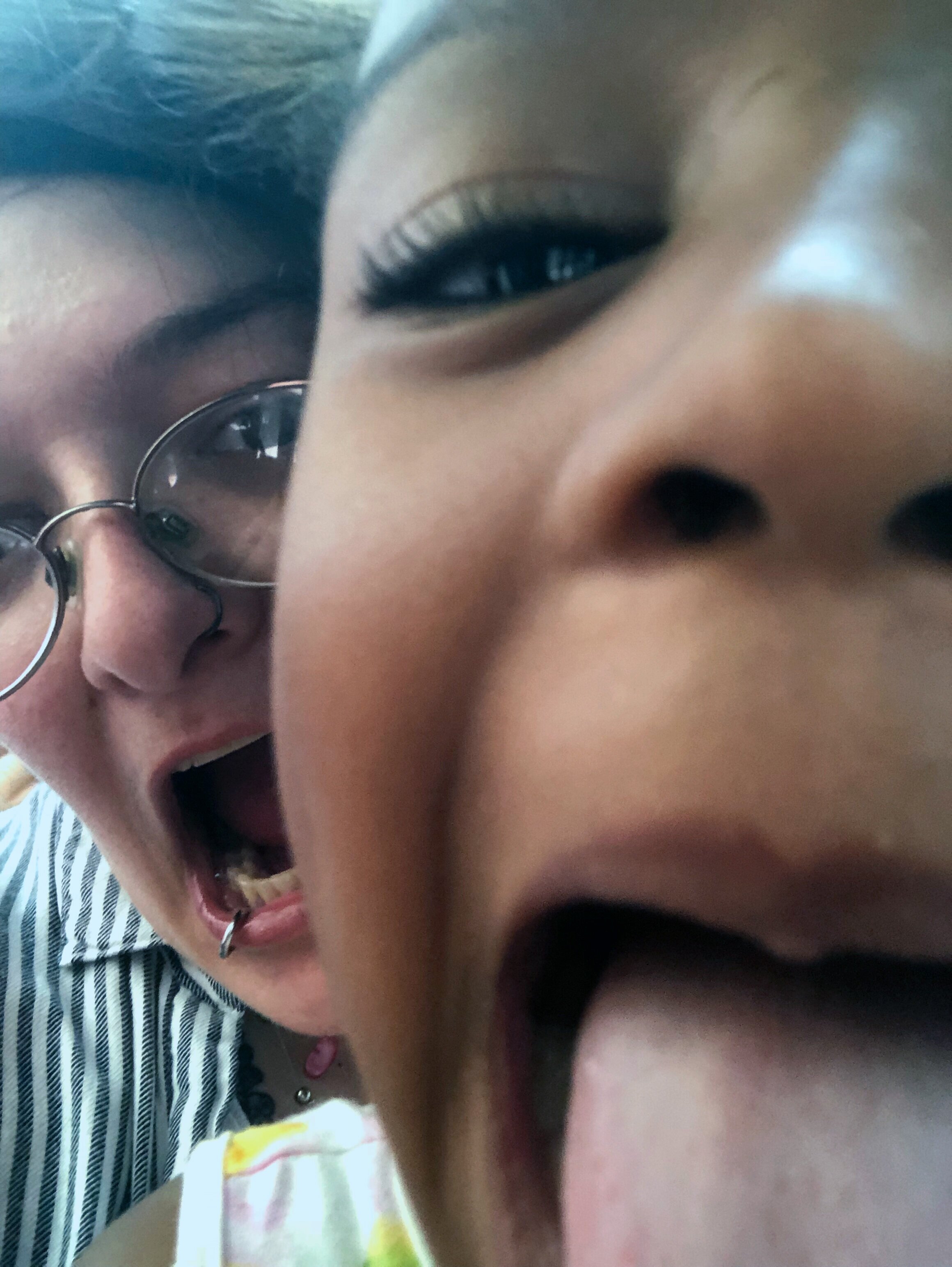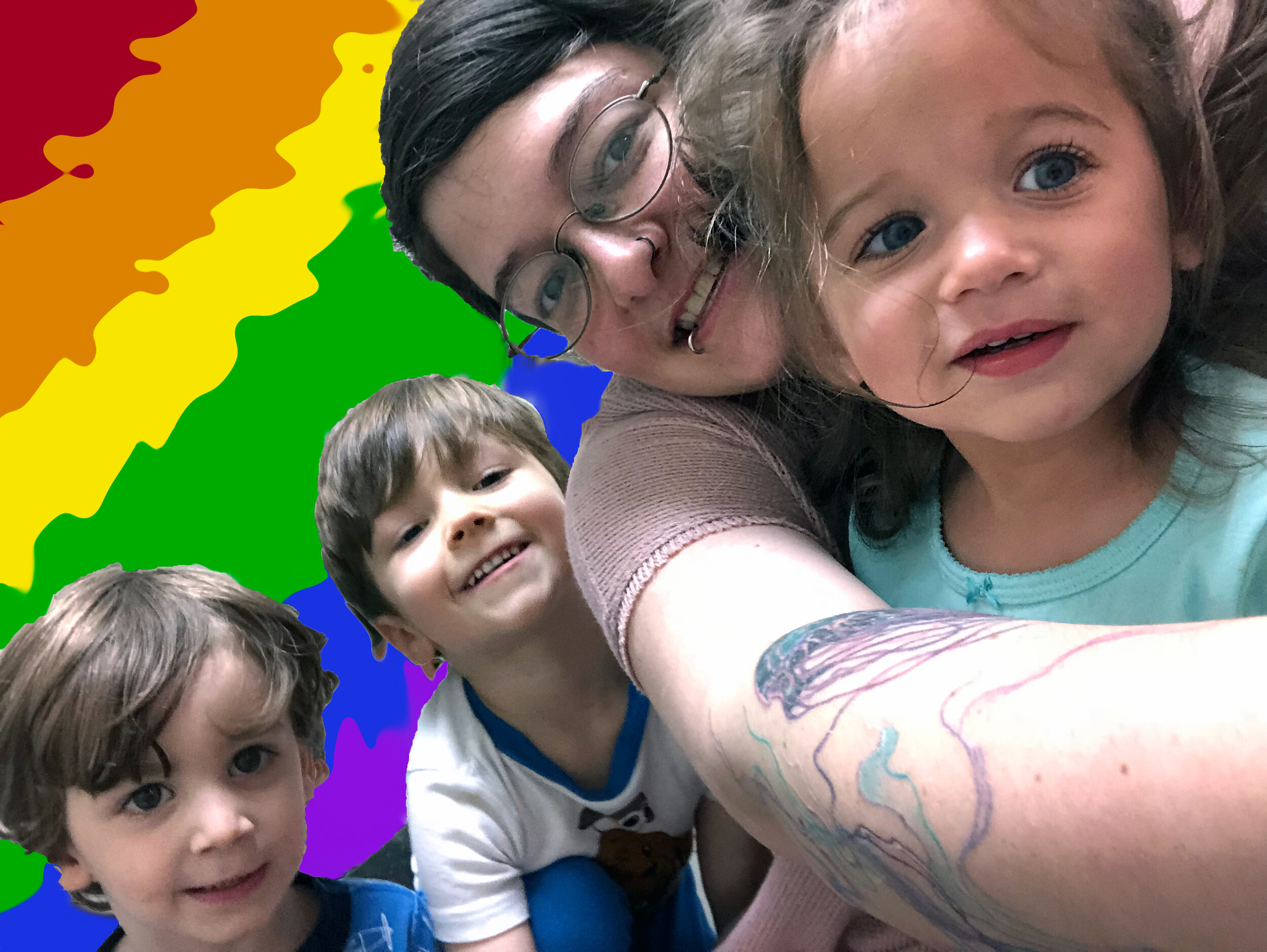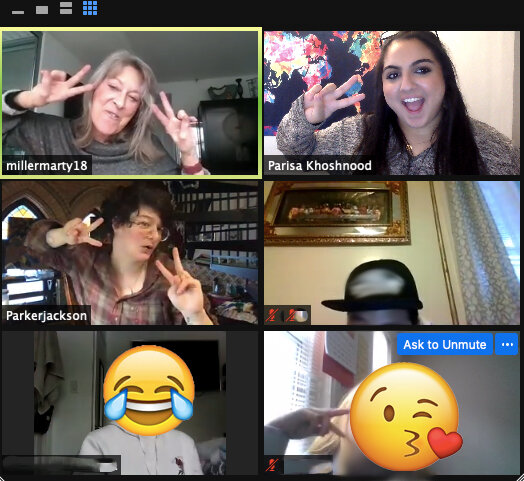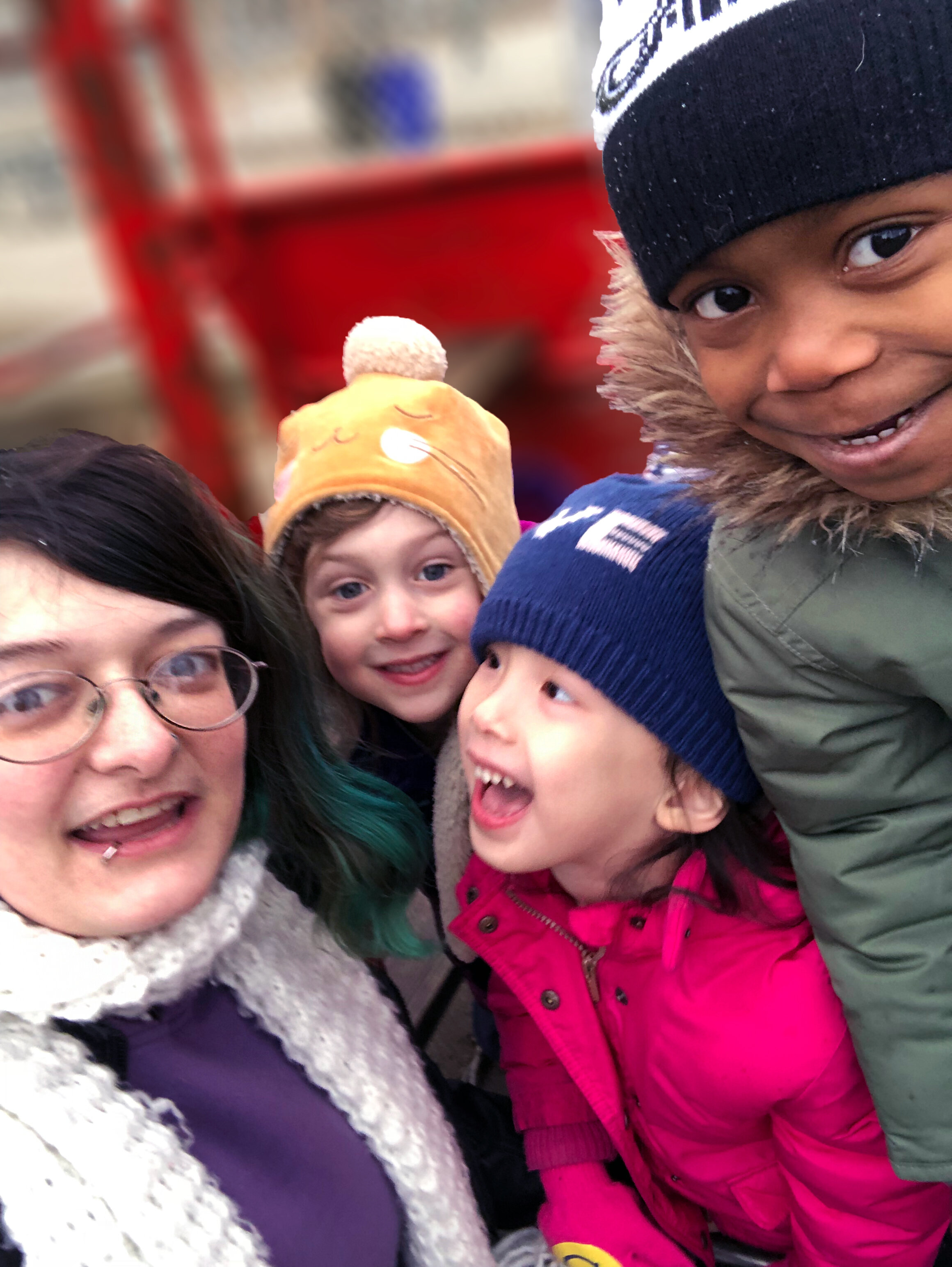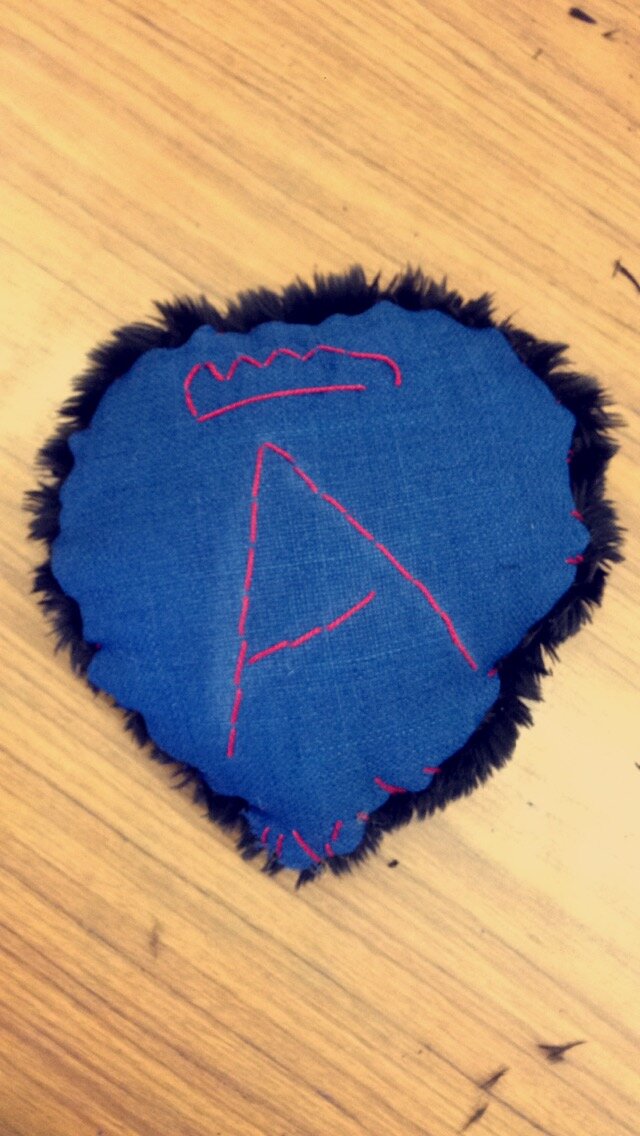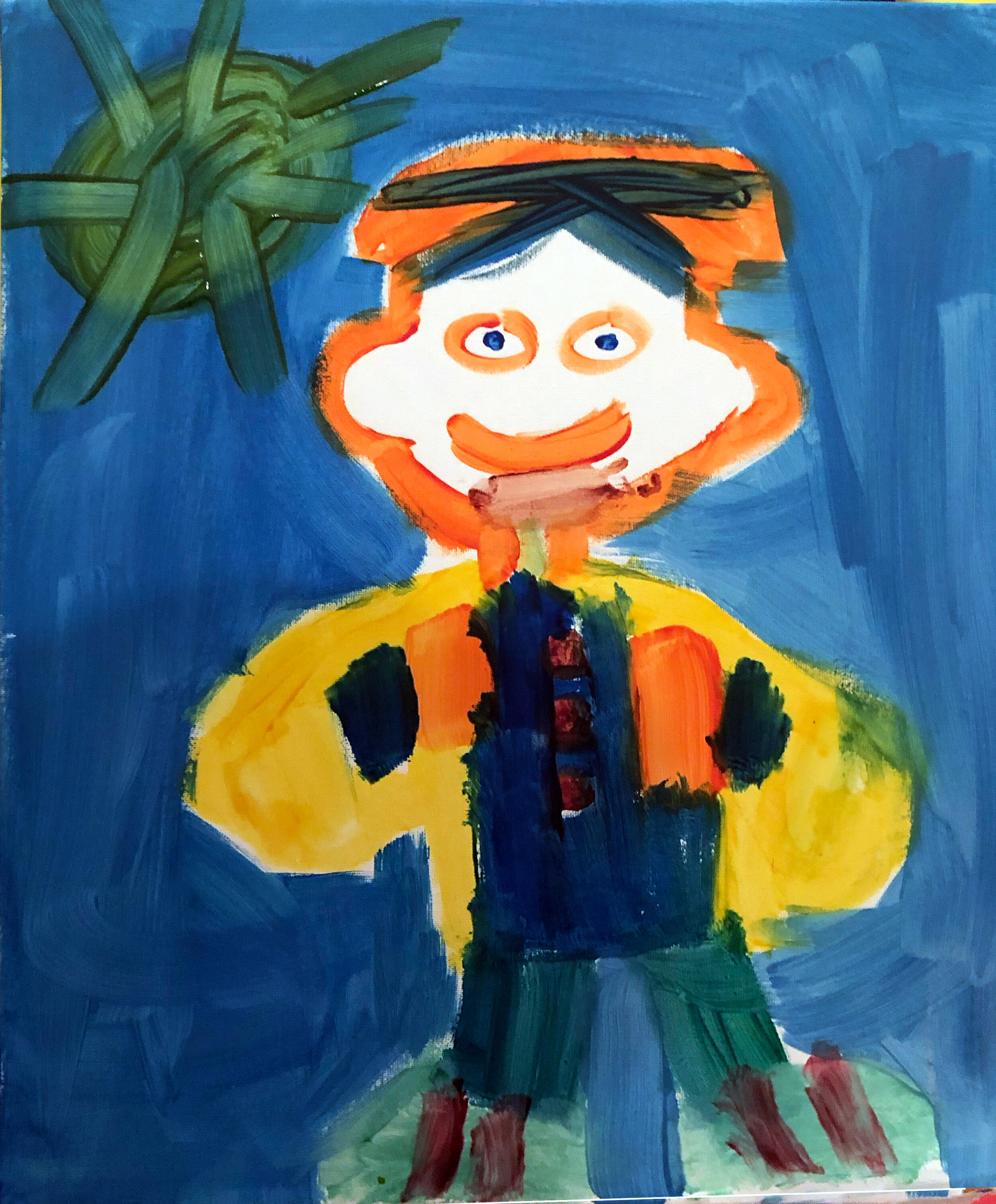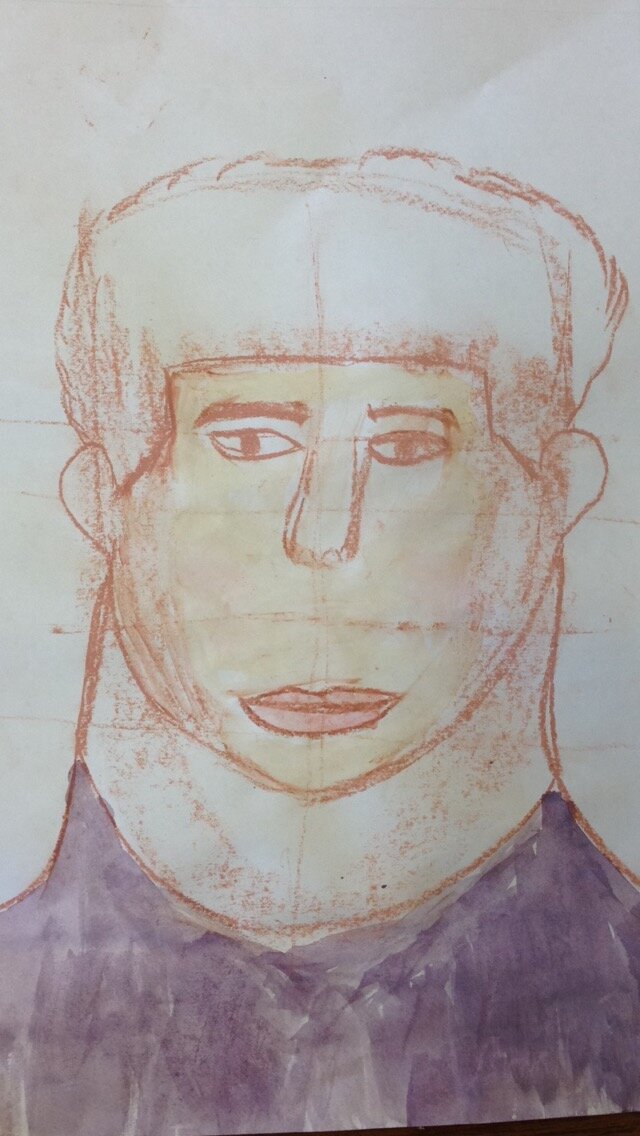*Page under construction! Thanks for your patience! *
Teaching Philosophy
When students feel heard and important, a special trust is established and solutions can be implemented to make the classroom run smoothly. I believe there is no such thing as a “problem child”. Children are people, each with unique thoughts, feelings and needs. Our job as educators is to listen and encourage them to be the most successful they can be. I feel that any challenge should be met with compassion, understanding and communication. I like to create a safe space for my students and structure my classroom in an individualized way, based on how I think each student will succeed the most. I give a variety of options and choices in a lesson plan as students often engage more in the classroom when they feel empowered and in control. What success is to each student varies, but I believe each success story is important and my goal as an educator is to create as many successful, happy stories as possible. My philosophy in life is similar to mine in teaching, which is to be open, honest and caring.
One For All
For most of my life I knew art was a huge passion of mine and when I was old enough to start volunteering at a local Gallery and Community Arts Center, I realized that working in the arts (and specifically Fine Arts,) was what I wanted to do. That is why One For All came to fruition. One For All as an idea came together in 2015 after working in the arts field for about 5 years professionally. In 2019, One For All was officially founded and became tax exempt. It is a culmination of personal and professional passions. One For All is a space for every artist. From professional artists, emerging artists, or even families looking to take quality community arts programming. One For All is a community of individuals helping to motivate and encourage one another. Sharing skills, resources and education with one another when it feels like no one else in the world is there. No matter what kind of artist you are, where you grew up, what your economic status is… One For All is a space that will support you and provide the best possible arts resources and opportunities we can.
Curriculum Development
When being introduced to the arts for the first time, many students (no matter what the age or level) start out in one of two ways: they either dive right in without thinking twice, or they are very self-conscious and hesitant. When developing programming and creative curriculums, I like to keep this in mind and create very non-intimidating, freely expressive themes that will allow all students to begin, or continue their adventure into the arts with confidence. With overarching, general themes I individualize each program/curriculum based on the students enrolled while keeping the same basic learning objectives. I prefer to create engaging, higher level learning curriculums where students may not realize all the art foundation complexities they are learning. It is important to me as well to always integrate social/emotional learning into each program I develop, as the arts can be used as a magnificent therapeutic coping skill throughout life.
Below are some past student works beside descriptions and student learning objectives I have developed for each specific subject matter.

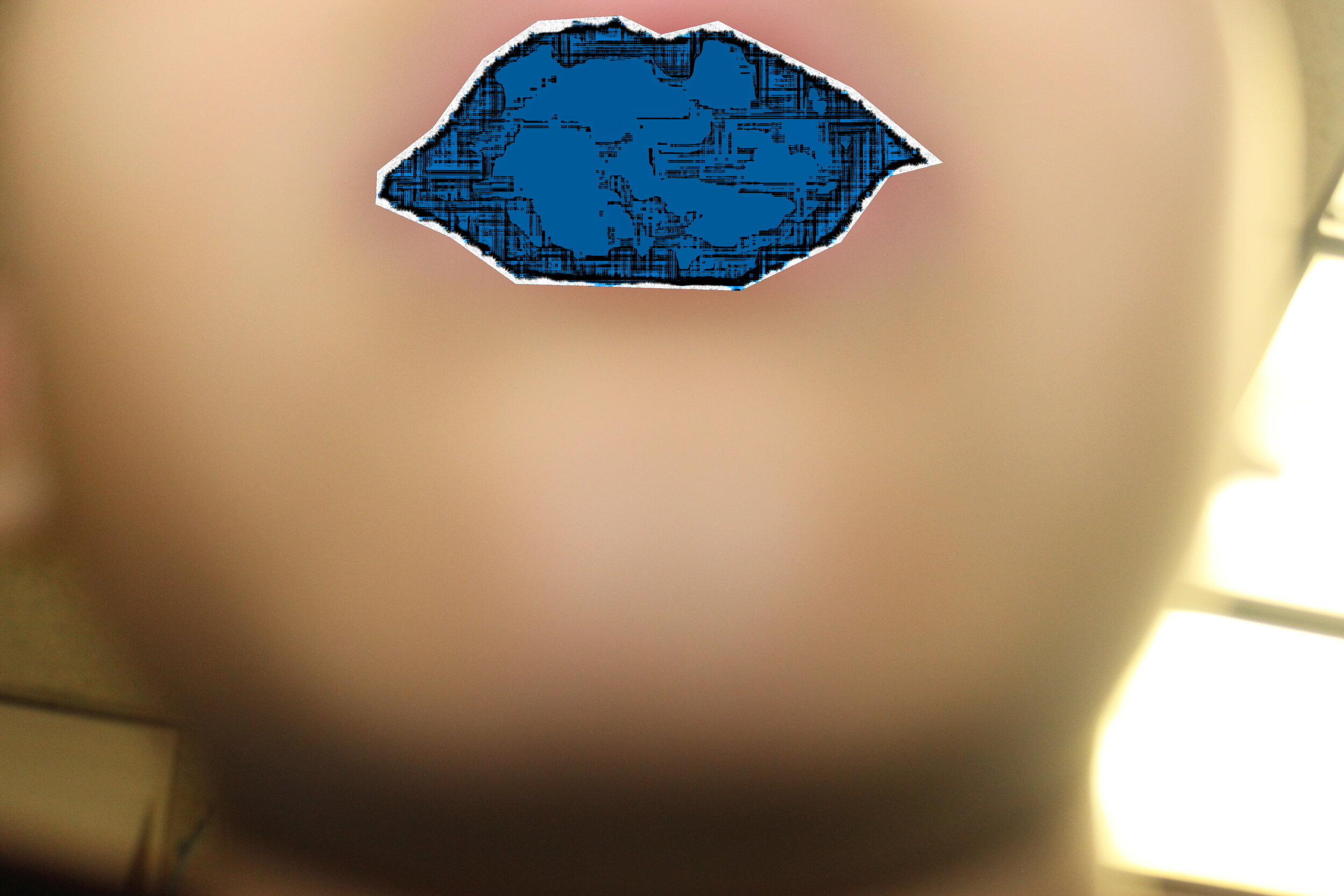
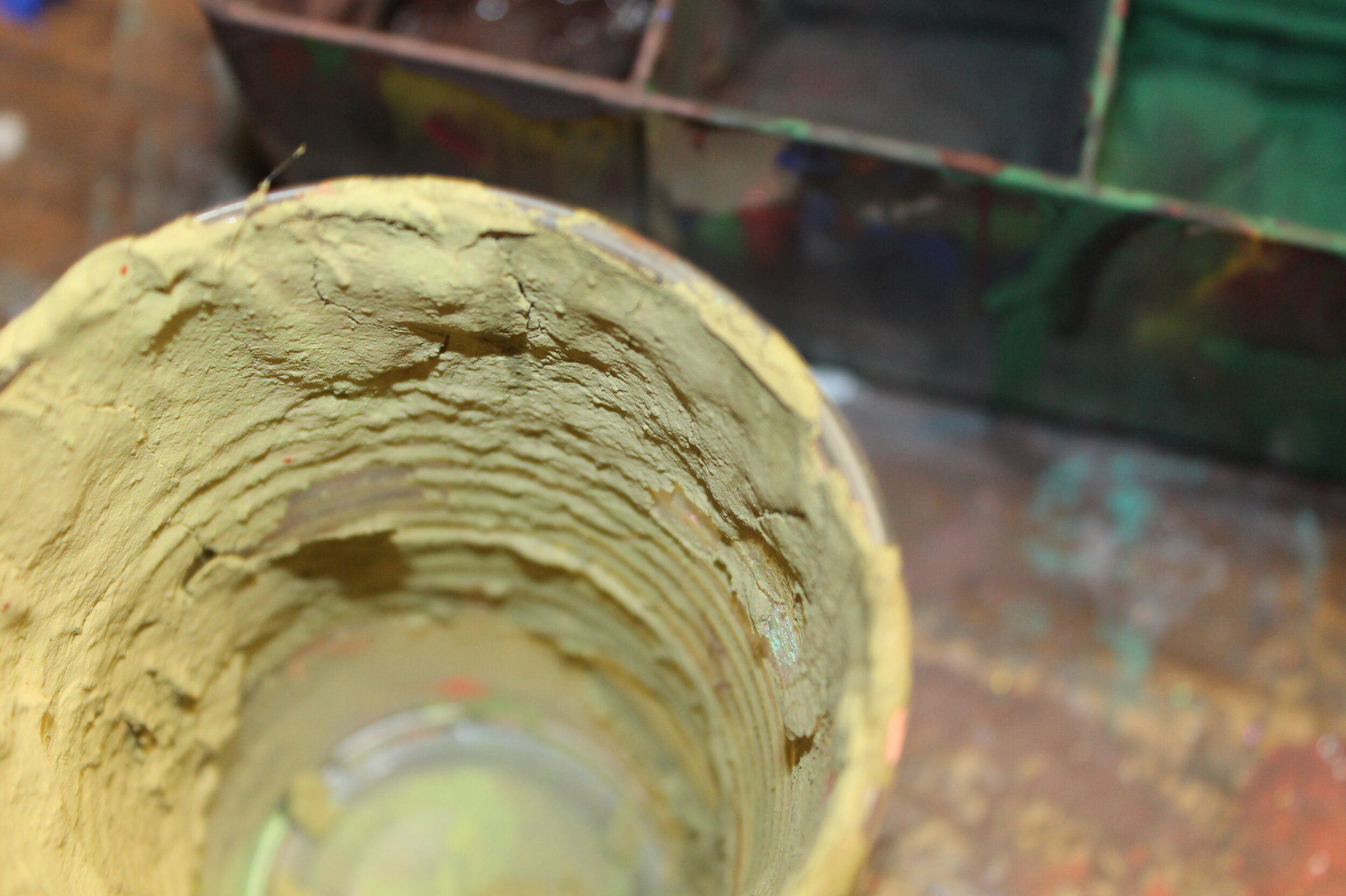
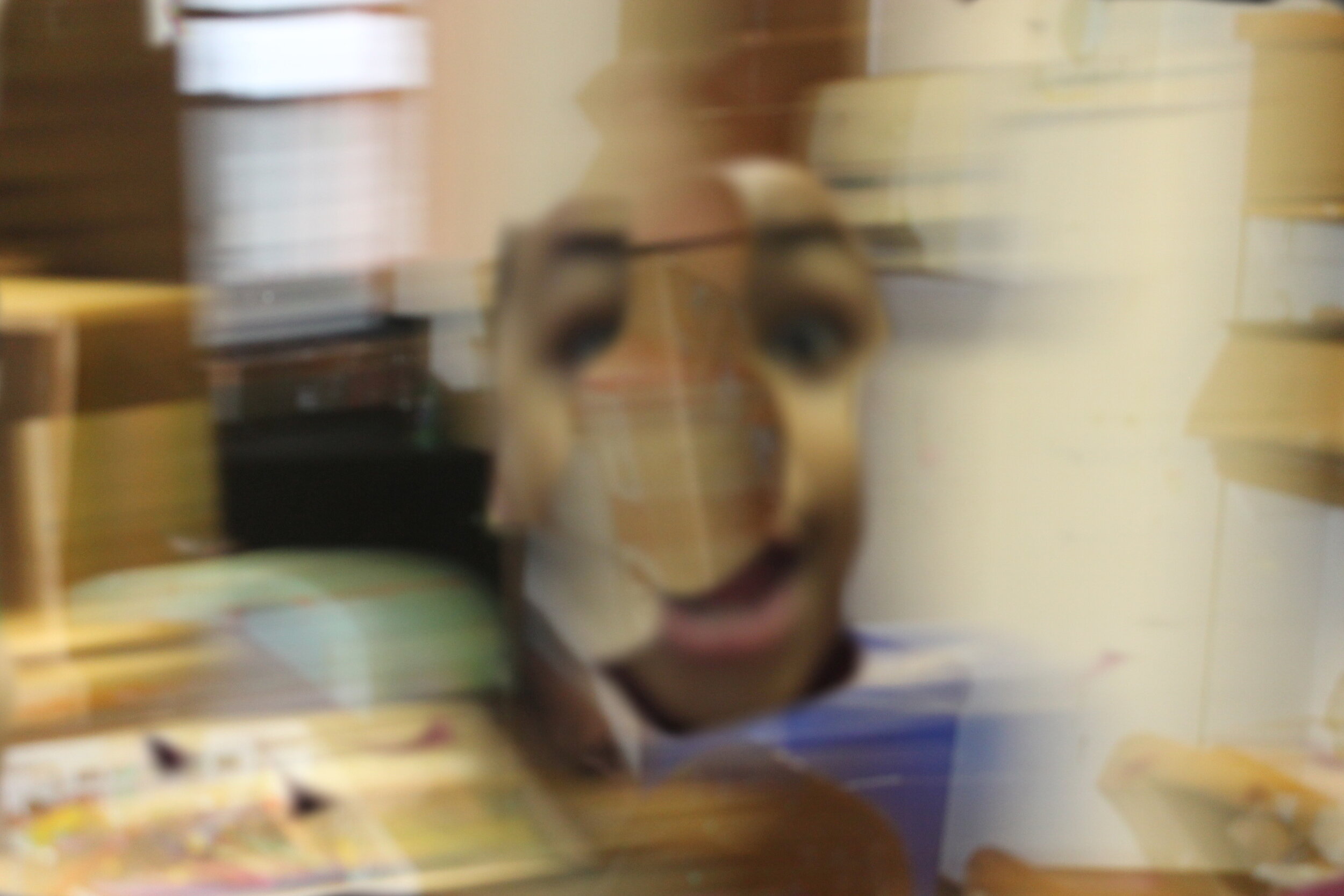
Photography
Photography allows students to see the world around them in a new light. Ordinary objects they may see every single day, all of a sudden become beautiful moments they can capture in an image. Trusting students with Photography equipment instills a sense of responsibility and pride. In addition, students often will give one another pointers and tips as they learn, as well as engage in educational conversations about Photography. For advanced students, introducing editing software and digital media elements as a final step in the lesson always increases confidence in their skill sets and excites the students to continue to create more work as well as share their work with their peers.
Student Learning Objectives:
Understand how a camera works, and how to operate/use a camera
Understand how to upload images onto a computer and editing software
Learn and Understand Photography vocabulary and key concepts (example: “Composition” and “Capture”)
Social/Emotional and Communication growth through Photography
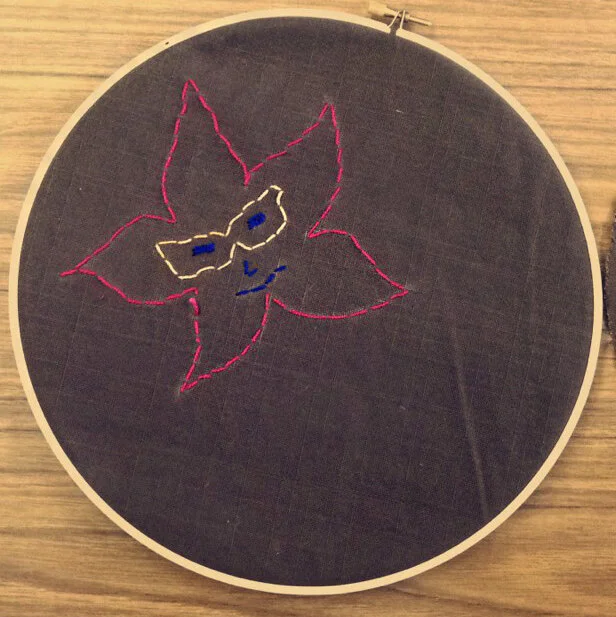
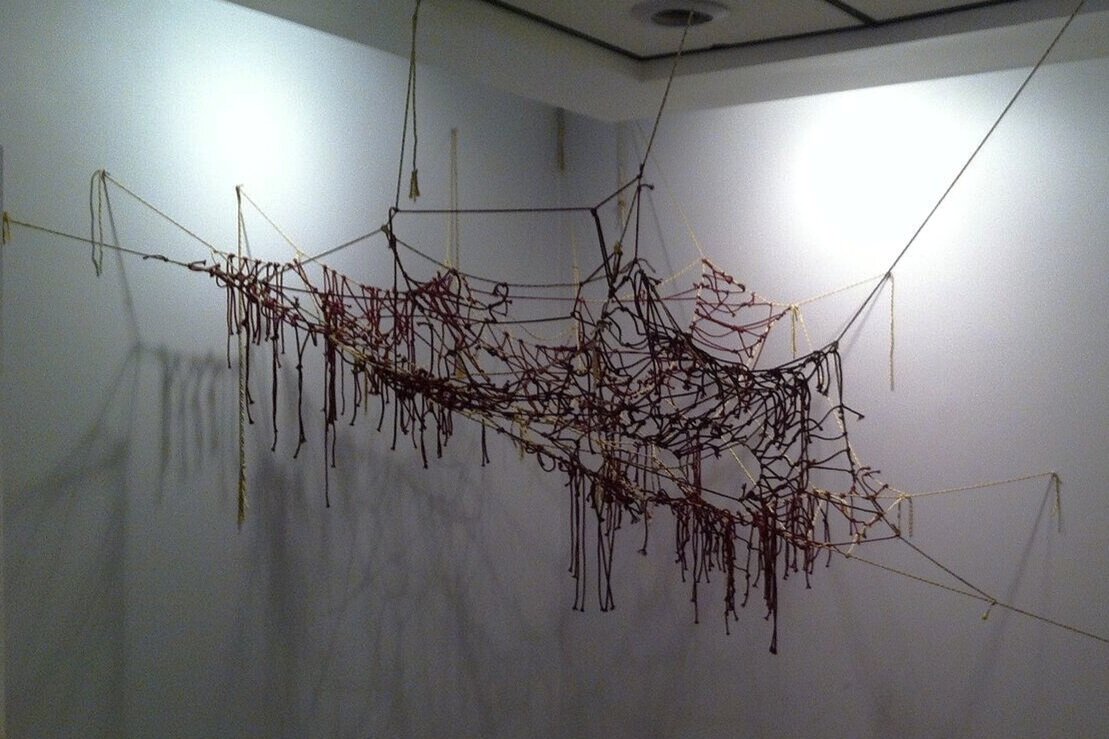
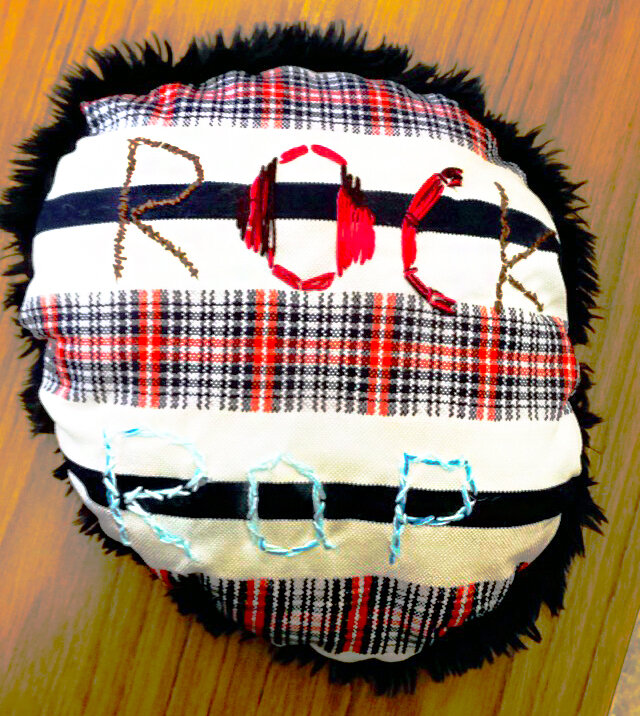
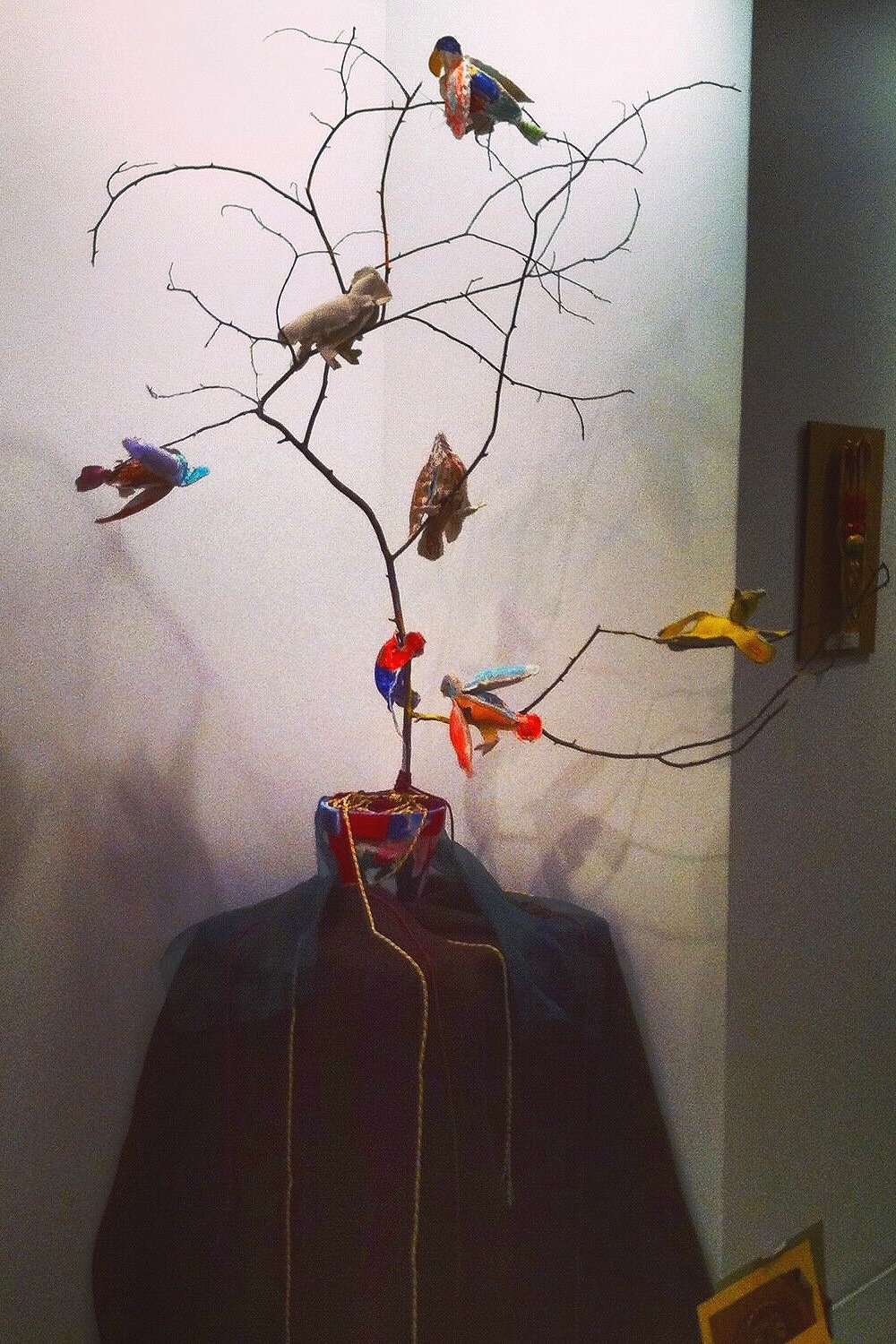
Fiber Arts
When introducing Fiber Arts lessons to students for the first time, there is often a lot of pushback, as there is still a societal notion that “sewing is for girls”. I will often use this as an educational starting point when introducing the subject by following up student comments with questions.”Why is sewing for girls?”, “What is Fiber Arts? Have you ever thought of sewing as an art form before?” are just a couple starting questions. Fiber Arts is a genre that has an expansive history and is immensely culturally diverse. After diving into the subject, and opening students up to exploring Fiber Arts, more often than not students fall in love and become positively obsessed with their projects. Fiber Art projects have a tendency to slow down students minds and bodies. It is a meditative process that one has to put a good deal time and effort into. It can be a solo act, a group activity, or a combination of both. I find that Fiber Arts curriculums are great for trauma informed practices and social/emotional growth goals.
Student Learning Objectives:
Become open and confident in asking questions and holding thoughtful/exploratory conversations in class
Learn the history and vocabulary terms of Fiber Arts
Be able to understand and implement a fiber arts project from concept to actualization
Social/Emotional regulation improvement and growth through fiber arts project
Painting
Insert painting curriculum and lesson plan objectives for student learning. Make sure to include the exploratory nature of this curriculum and how that benefits student growth.
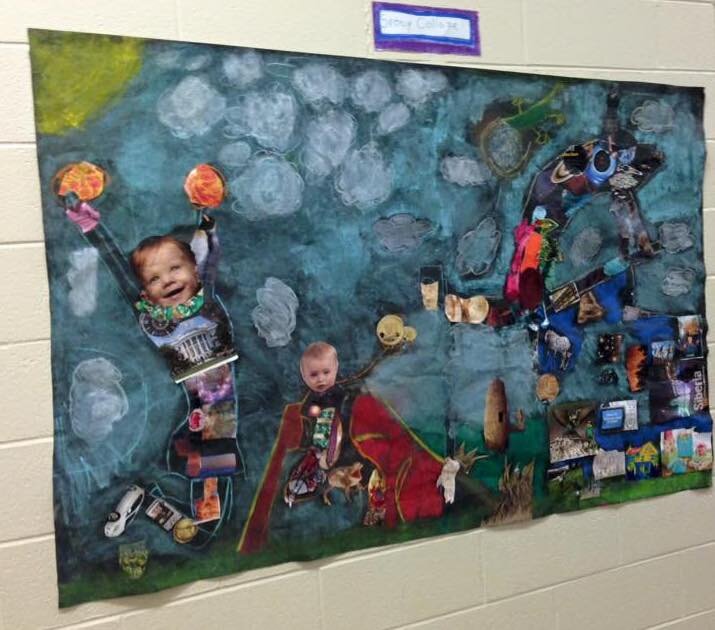
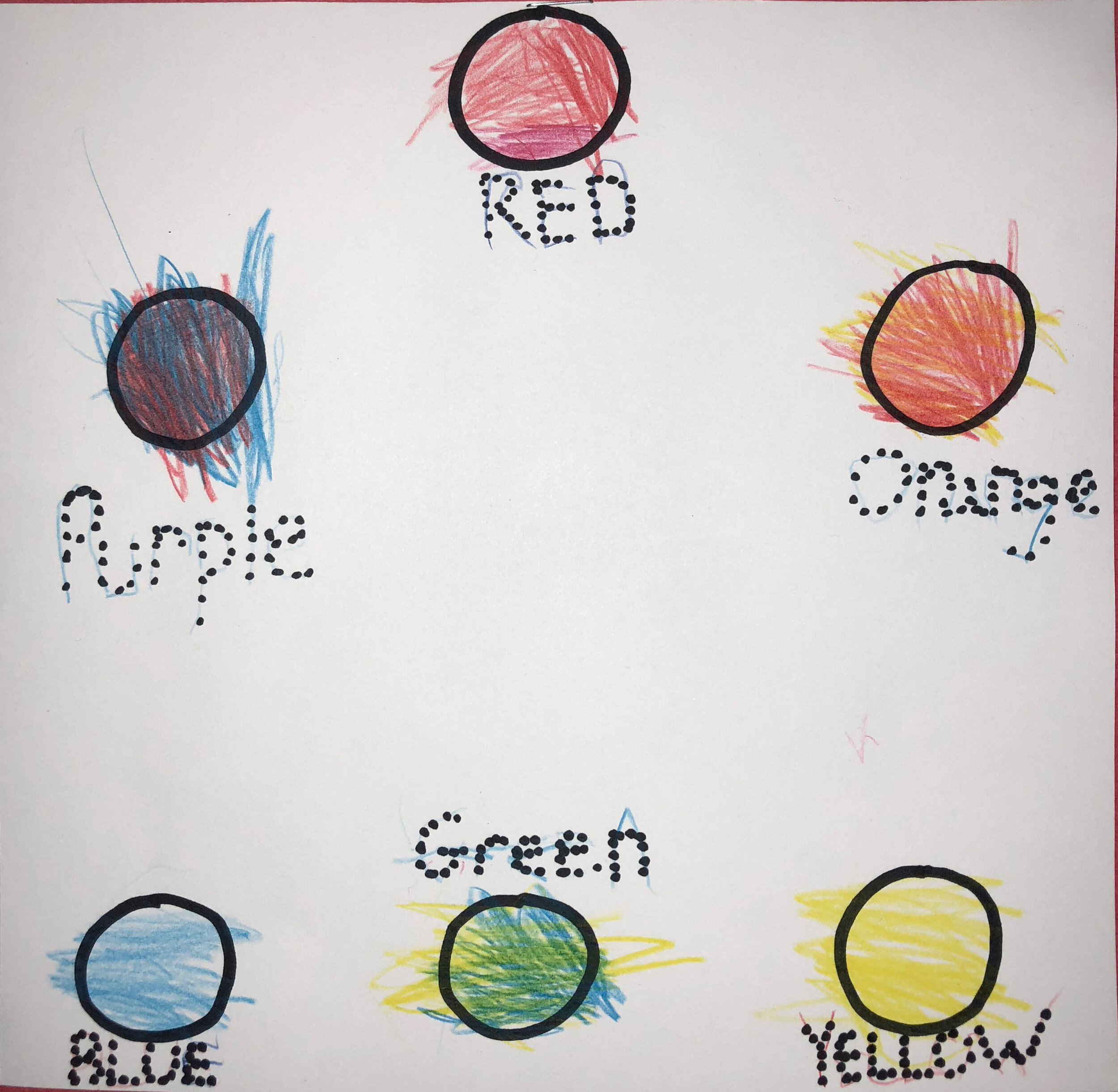
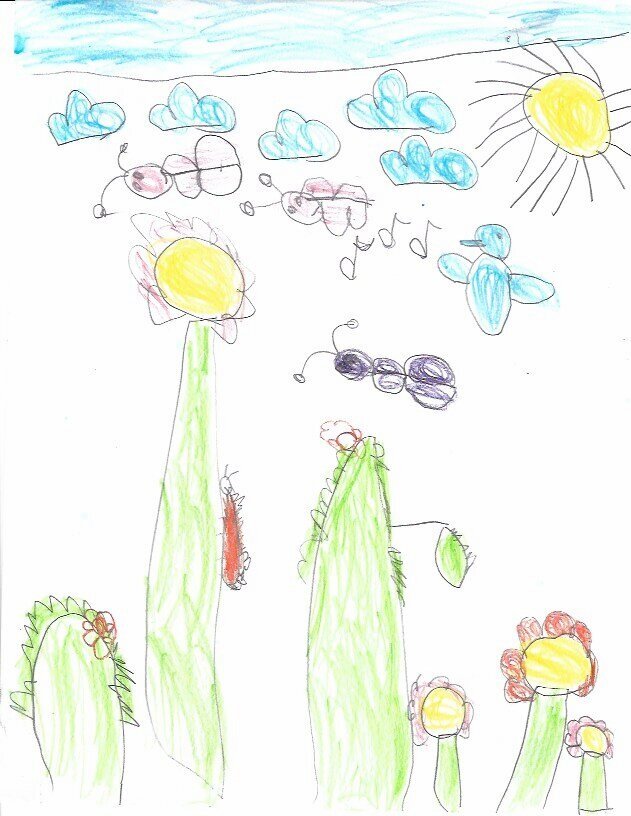
Drawing & Mixed Media
When working with younger or beginner students, Drawing and Mixed Media is a great foundational curriculum that helps students learn the basics. This curriculum can start very basic, such as drawing shapes with pencil on paper, and build to be more complex adding different materials and techniques as the students advance. Starting out with flat shapes and leading to 3-D shapes and value allows students to fully comprehend how to draw from observation. Learning basic facial and body proportions in figure and portraiture drawing is always a hit with every beginner student as well. Once these basics are developed, moving on to collage and assemblage art is always an exciting adventure for students to explore. Drawing and Mixed Media art is also a great base to integrate outside academic objectives when collaborating with other educational professionals in a classroom. For example, when learning natural science students may have an easier time understanding the lesson when integrated with a drawing curriculum. Drawing a picture of the plant they are studying, and labeling all the parts of the plant allows students to use all areas of learning which improves the quality of their education.
Student Learning Objectives:
Learn and understand basic drawing vocabulary such as “Line, Shape and Value”.
Be able to demonstrate different mark making techniques using drawing materials
Understand the proportions of a face and be able to draw a basic portrait
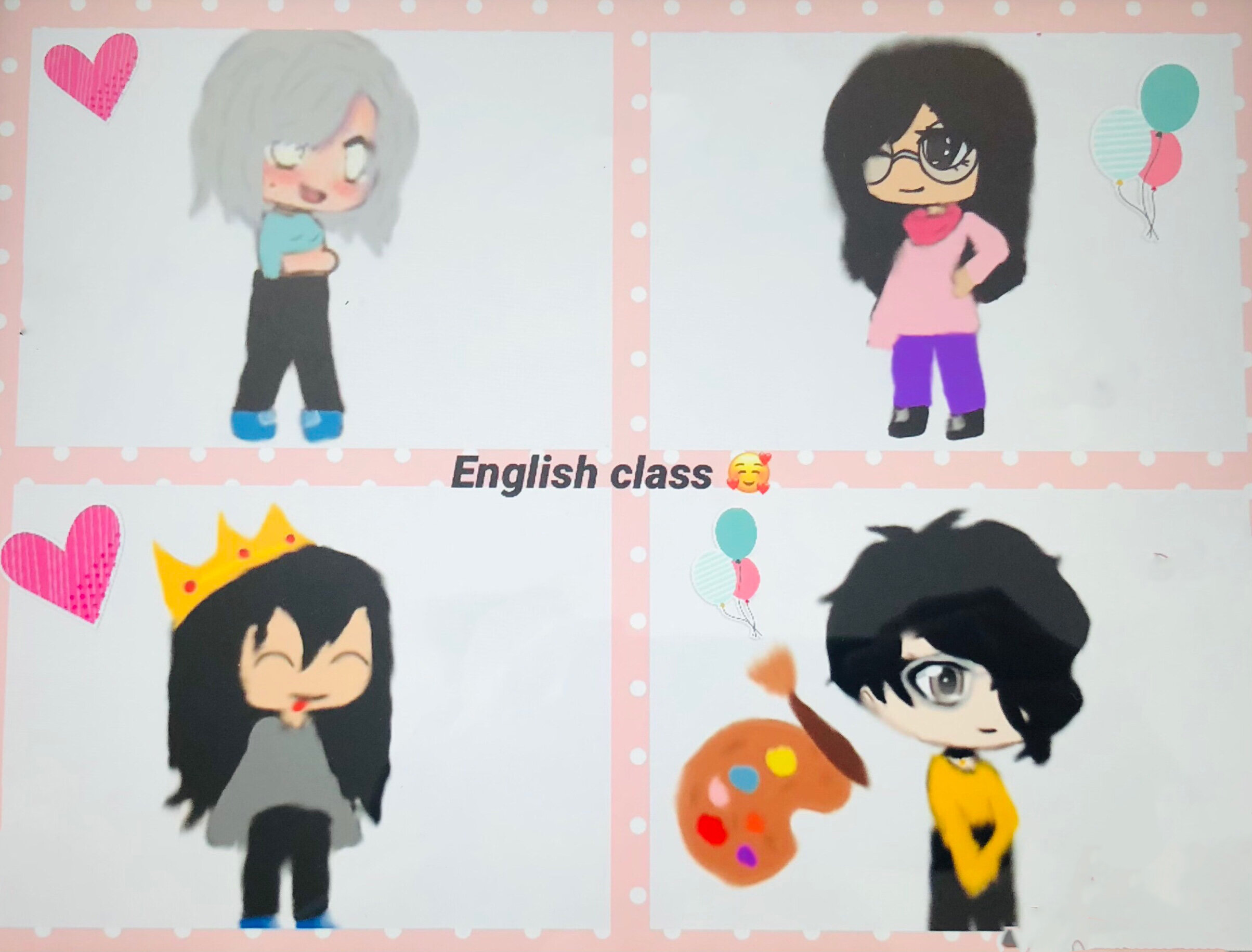
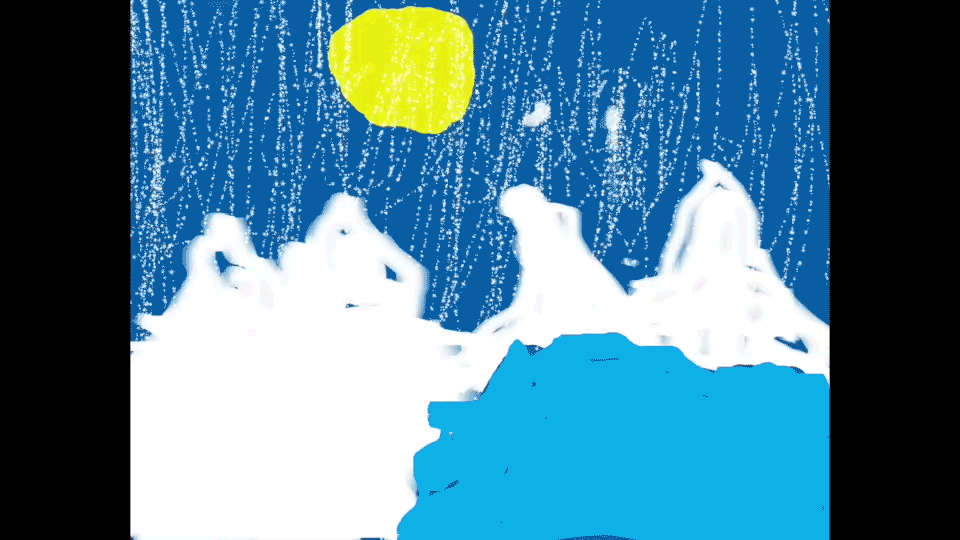
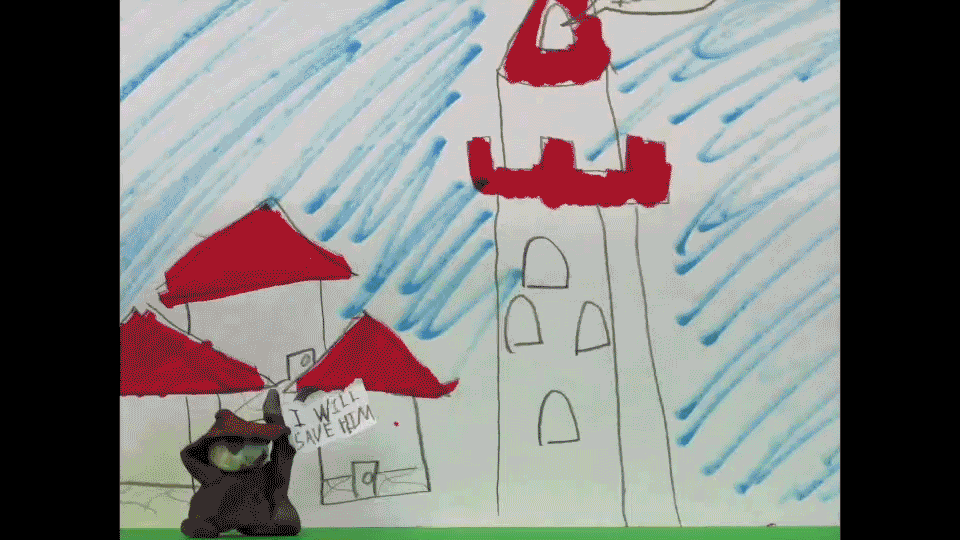
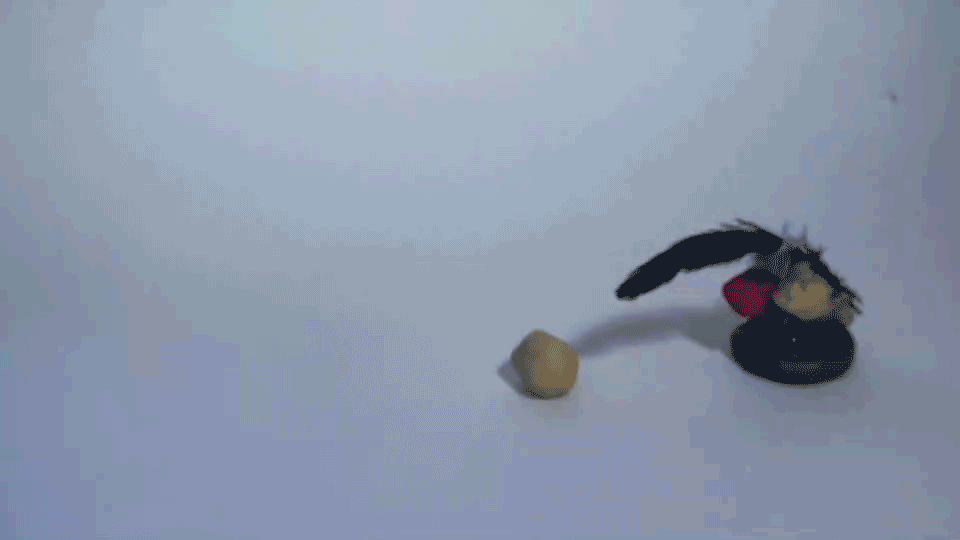
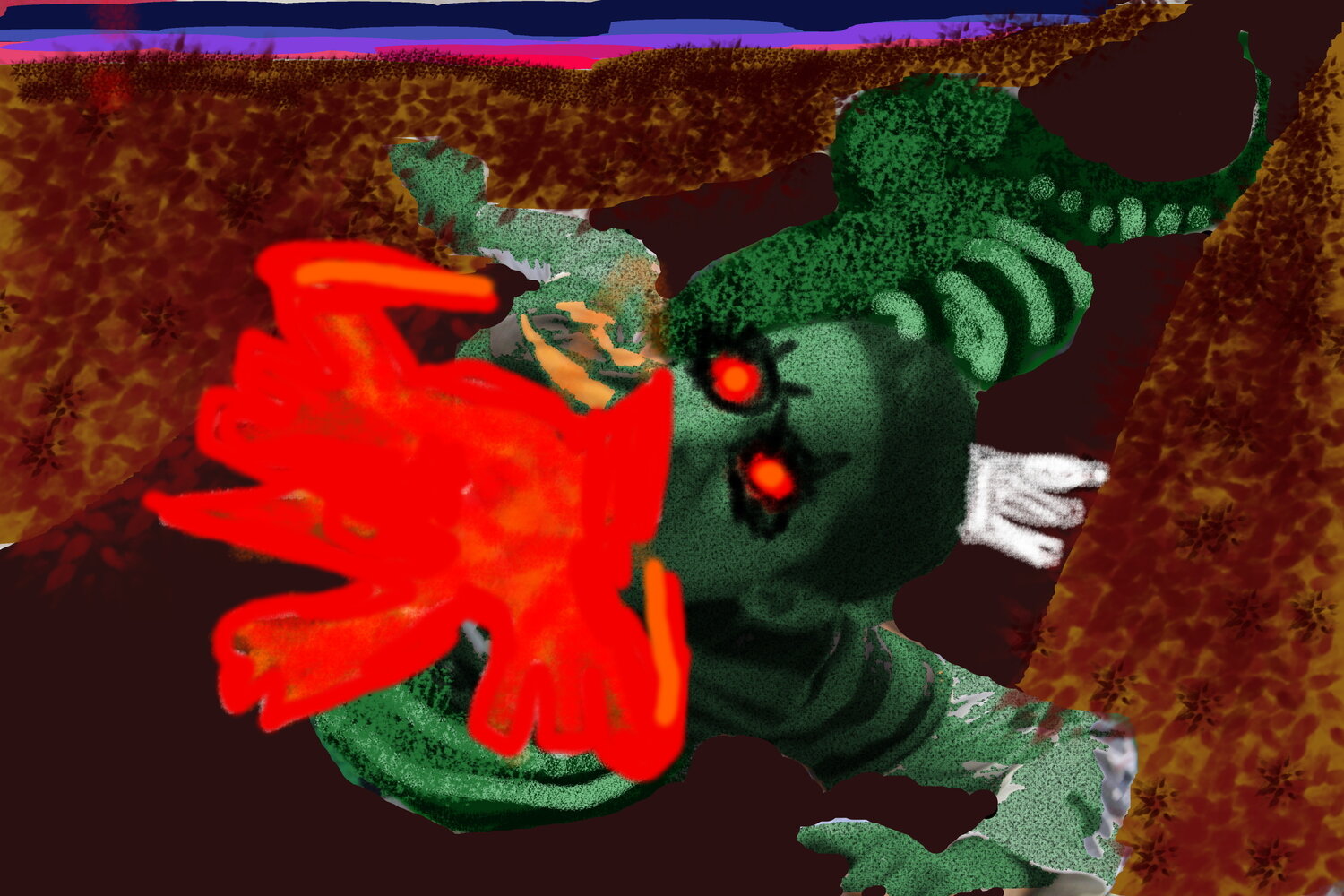
Digital Media and Graphic Arts
Digital Media and Graphic Arts are great curriculums to plan for students of all learning types and behavior patterns. Students who are analytical, and enjoy step by step processes really enjoy Digital Media because they can plan out the entire project. Students who are high in energy enjoy these projects because they can focus all that energy into all the different aspects of concept, creation and editing. Communication with team mates is a huge part of Digital Media and Graphic Arts, so students who are highly social also excel in these projects. More recently, Graphic Arts and Digital Media is an excellent curriculum to use to aid in student virtual learning due to COVID-19. Through these medias, student can further familiarize themselves with computer programs and software in a fun and experimental way. Without realizing it all of the practice using digital media makes their school day online become second nature to them.
Student Learning Objectives:
Create a “production company brand” name and logo as a team
Create a narrative and concept for their piece
Be able to work together and delegate tasks as a team
Understand virtual platforms, digital media software and the steps necessary to complete a full work
Complete a finished piece from concept to creation cohesively as a team

